ECONOMY
Rage Against Revdi: Debate on freebies overlooks larger handouts showered on privileged classes
- IBJ Bureau
- Sep 21, 2022

In the midst of the festival season, Prime Minister Narendra Modi got India hooked on to revdi. The revdi in question here was, of course, not the traditional sweet – a small cake of sugar or jaggery covered with sesame seeds – served in festivals across north India. Mr Modi’s revdi was a metaphor for freebies.
Speaking at a function in Kaitheri in Uttar Pradesh in mid-July, the prime minister warned the youth to be careful of people spreading the revdi culture. He added that the revdi culture was very dangerous for the country, its development and well-being. He flayed opposition parties for indulging in freebies to win elections instead of pushing forth development.
The prime minister’s revdi jibe set off a political war of words between the ruling and the opposition parties. Besides, political commentators, economists and social activists, among others, enlivened the debate on handouts by analysing the subject thoroughly.
The matter escalated further when the Supreme Court admitted a public interest litigation (PIL) filed by BJP leader Ashwini Kumar Upadhyay. The PIL sought a clampdown on “irrational freebies”, which would “drain public finances, make people lazier and impact productivity”. The apex court asked all political parties to debate on the issue and reach a consensus to differentiate between a freebie or a handout and an incentive or a subsidy.
The
general view
Come elections, and you have political
parties promising free electricity and water, cheaper foodgrain and fuel,
bicycles, phones, laptops and a lot of other things. And once elected, almost
every political party that has formed a government splurges on a slew of goods
and services and hands them out to people, especially belonging to marginalised
sections, to keep their promises and be in their good books.
On the face of it, these goods and services – call them freebies or handouts (considered to be unproductive) or subsidies or incentives (regarded as a part of welfare measures for uplift of the weak) – appear to be wasteful, unproductive expenditure. There are many who argue that free bicycles, laptops and household goods and free bus or rail tickets and the like cost the economy dearly. They add that these expenses impact the States’ finances, make people lazy and pull down productivity.
An article, carried by the Reserve Bank of India (RBI) in its June 2022 bulletin, notes that total expenditure of all State governments on subsidies has grown at 12.9 and 11.2 per cent during 2020-21 and 2021-22 respectively. It further adds that the share of subsidies in States’ total revenue expenditure has risen from 7.8 per cent in 2019-20 to 8.2 per cent in 2021-22. The article also points out that the cost of freebies has exceeded by 2 per cent of Gross State Domestic Product (GSDP) for some highly-indebted States.
An
alternative view
Amid the debate over freebies, there is
consensus over ending handouts, while continuing with subsidies. But the
problem is that there is no consensus on what makes up handouts and what are
the constituents of subsidies. The boundary between the two is blurred. There
are no watertight categories that clearly demarcate where a subsidy ends and a
freebie begins.
Another cardinal issue is forgotten in the debate. A purely-economic outcome cannot be expected from subsidies or freebies as they are shaped to spread welfare and not solely derive profits. In fact, it would be a fallacy to view economics itself in vacuum. That never happens because economic factors are ultimately intricately linked with society and culture.
It is the lack of social perspective that is derailing the ongoing debate over freebies. And that unfortunately is the case with the RBI’s article on freebies. The central bank’s article reels out an alarming scale of expenses on freebies and their enormous burden of States’ exchequer. However, the article even includes a number of social welfare schemes of various States as freebies and thus complicates the matter. For instance, some of the incentives bracketed as freebies are: financial assistance given to students’ mothers to send their children to school; financial assistance provided to women in the age group of 45-60 years belonging to SC, ST, OBC and minorities to improve their livelihood; money disbursed to farmers (even tenant farmers as well as landless labourers in some States) under income support scheme; cash incentives for girl students for completing senior secondary school and graduation; financial assistance for mothers on the birth of first and second girl child; and so on.
In fact, the so-called freebies have actually helped the poorest of the poor stay afloat during today’s tough times. Distribution of free laptops has helped minimise the digital divide. It would be impossible in the wildest of dreams to expect the marginalised people to buy laptops. Free bus rides have facilitated workers to travel to far-off workplaces, even while allowing them to save on the transportation cost and utilise it for other expenses. The same is the case with cheap or free foodgrains and free items of utility, such as mixers, grinders and so on. All these so-called handouts have helped the marginalised sections to have access to a better lifestyle and save on their expenses on many such items and survive one of the worst inflation rates.
Distribution of bicycles and provision of mid-day meal in schools have improved enrolment and retention of students belonging to the economically-weaker sections. Various schemes entailing financial assistance for women benefiting their girl children are trying to correct and reverse some of the worst forms of gender practices, such as female foeticide and infanticide. Such schemes are also empowering women by facilitating girl students to pursue basic as well as higher education. And there is no need for any better justification for continuation of Mahatma Gandhi National Rural Employment Guarantee Act (MGNREGA). The jobs scheme was literally a lifeline for crores of impoverished Indians during the height of COVID-19 crisis.
Incidentally, the problem of wasteful and unproductive expenditure and concerns over fiscal deficit arise only in relation to schemes benefiting the poor, marginalised sections and farmers. On the contrary, not a sigh is heaved when crores of rupees in corporate loans are written off or huge incentives are showered on big industries. Public sector banks (PSBs) have written off corporate loans worth more than Rs 7,27,000 crore between FY17 and FY22. In September 2019, the government had slashed Corporate Tax rates for domestic companies from 30 to 22 per cent and for new manufacturing companies from 25 to 15 per cent, resulting in a loss of over Rs 1,50,000 crore to the exchequer.
Then there are incentives like allotment of land to industries at highly-subsidised rates and numerous other tax exemptions and tax holidays. Moreover, the salaries and perquisites of MPs, MLAs and top bureaucrats can be described as nothing but lavish. The sky-high salaries of the people’s representatives hardly represent the average Indian salary of around Rs 20,000 per month. None of these are questioned, and they are termed as incentives, while in reality, they are freebies or handouts, plain and simple.
“All government spending contributes to fiscal deficit. It is hardly the case that fiscal deficit arises solely from welfare spending. With welfare, at least it functions as a redistributive mechanism,” notes Reetika Khera, a professor of economics at IIT Delhi.
Over the past few years, the government has increased indirect taxes – VAT and GST (especially the levies on petroleum products) – on many goods and services to make up for the doles handed out to the privileged classes. This has impacted the middle class and the poor sections of society very badly. It is a misconception that the poor do not pay taxes. In India, they are the most highly-taxed lot – they may not be paying direct taxes but bear the brunt of high indirect taxes –considering their incomes and levies on a proportionate basis.
Besides, many subsidies on goods and services – such as food, fuel fertilisers and so on – and allocation to various welfare schemes – like MGNREGA and other income support and pension schemes for the marginalised – have been slashed. These policies are the main reasons for helping the rich grow richer, while pushing many down into poverty.
India has never made substantial public allocation for health and education in the past 75 years. The cruel irony is that public spending across many of these vital sectors has been rapidly declining, especially after liberalisation of the economy. People are thus left to fend for themselves amid costly, private education and healthcare facilities. The so-called freebies for the marginalised sections of society try to fill in those gaps in public spending. “Freebies should not be seen as a problem but as an outcome of inadequacy of investment in public and social sectors over the last 75 years,” points out R Ramakumar, an economics professor of Tata Institute of Social Sciences (TISS).
Freebies should certainly go. But before that the government must ensure that there is proper and adequate public spending across vital sectors, like health, education, sanitation, public transport and the like. The revdi culture must certainly stop. But the beginning of the end of the revdi culture should start from the doles and handouts extended to the privileged. Are there any takers?


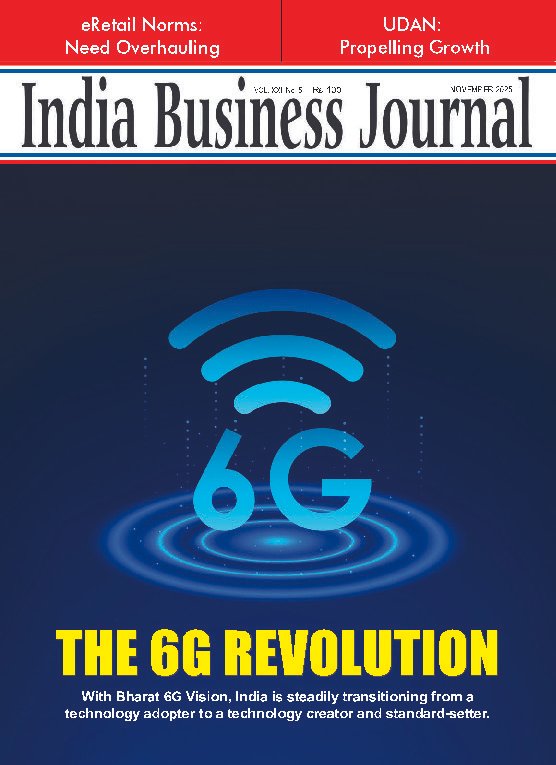

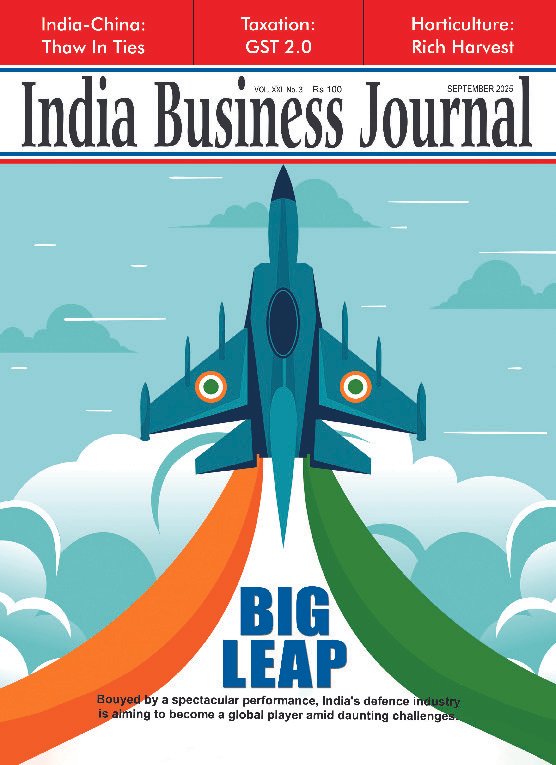
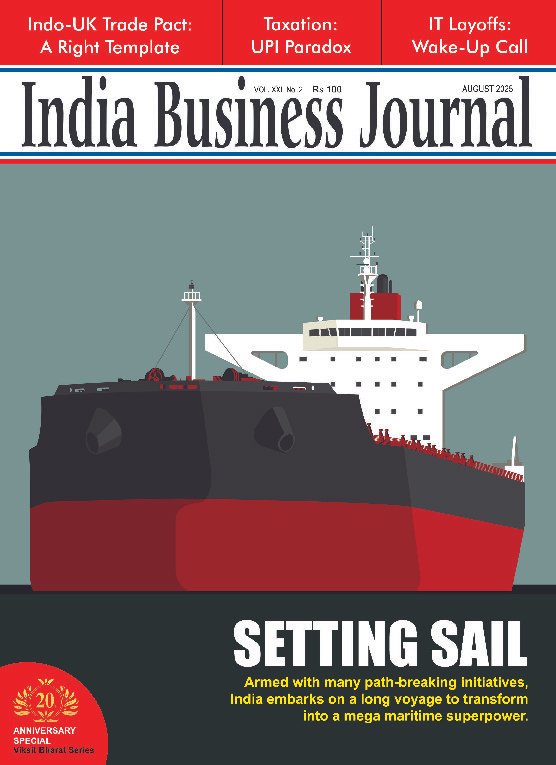





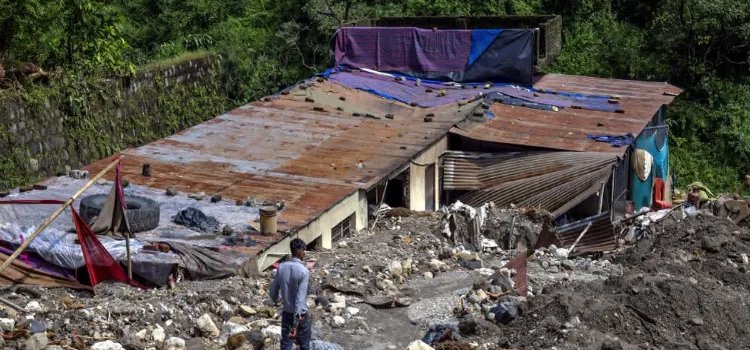



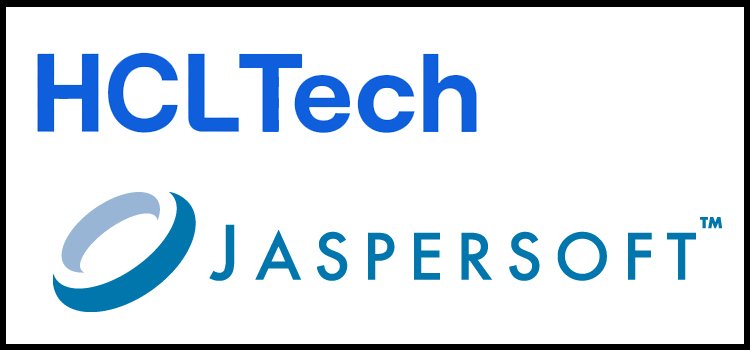
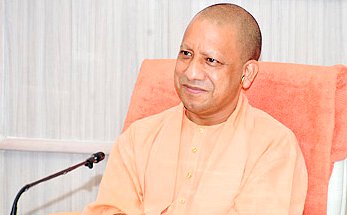



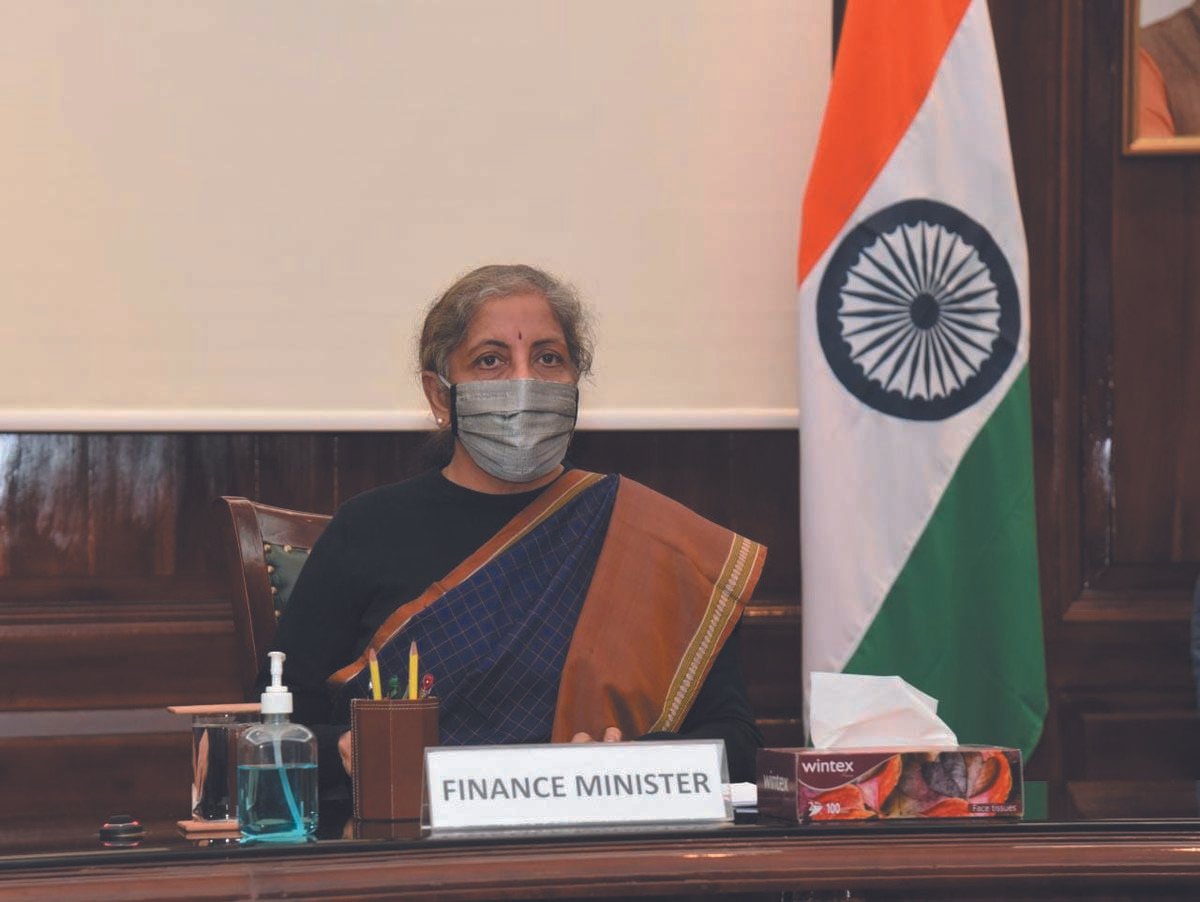
Report By
View Reporter News